Andrew Lang - Tales of King Arthur and the Round Table (version 2)
Andrew Lang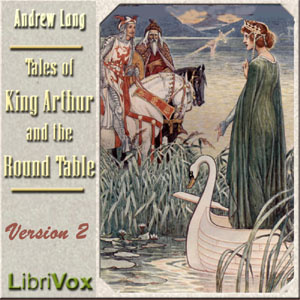
100%
Speed
Readers
Length
4 hours 28 minutes
Year
1918
Summary
The tales of King Arthur and his Knights are of Celtic origin. The Celts were the people who occupied Britain at the time when the history of the country opens, and a few words are necessary to explain why the characters in the stories act and speak as though they belonged to a later age. These stories are adapted from the Book of Romance by ANDREW LANG.It is believed that King Arthur lived in the sixth century, just after the Romans withdrew from Britain, and when the Britons, left to defend themselves against the attacks of the marauding Saxons, rose and defeated them at Mount Badon, securing to themselves peace for many years. It was probably about this time that King Arthur and his company of Knights performed the deeds which were to become the themes of stories and lays for generations afterwards.
In olden times, it was the custom of minstrels and story-tellers to travel through the land from court to court, telling of tales of chivalry and heroism, and for many centuries the tales of King Arthur formed the stock from which the story-teller drew.
In this way the stories came to be handed down from father to son, in Brittany (whose people are of the same family as the Welsh) as well as in Wales and England, and by this means alone were they prevented from being lost. But in the reigns of Henry II. and Richard I., they were set down on paper, and so became literature. Before this, however, a British writer had written out some of the tales, and from him as well as from the lips of the bards and story-tellers of their own generation, the writers in the time of Henry II. were able to collect their information. One of the most famous of the books compiled by old English writers was the “Historia Britonum,” which was written (in Latin) by Geoffrey, Bishop of Asaph. It contained an account of a war which King Arthur waged in Western Europe, but made no mention of the Holy Grail.
From this and other books of romances compiled in England, and very largely, too, from books of French romances, Sir Thomas Malory obtained the material for his “Morte d’Arthur,” which was written in 1470. This is the most famous of the early books of Arthurian legend, and it is from the “Morte d’Arthur” that most of the stories in this book are taken. Some, however, are taken from the “High History of the Holy Graal,” translated from the French by Dr. Sebastian Evans. The language throughout has been modified with a view to making the legends more easy of study. — Summary by The introduction and BC
audiobooks.club
Fictional Biographies & Memoirs
Andrew Lang
Tales of King Arthur and the Round Table (version 2)
More from Andrew Lang
Authorization
By logging in, you agree to the terms and conditions.




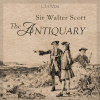
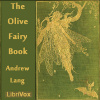
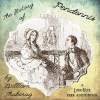
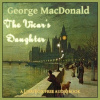




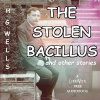


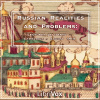

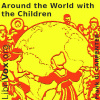
No comments